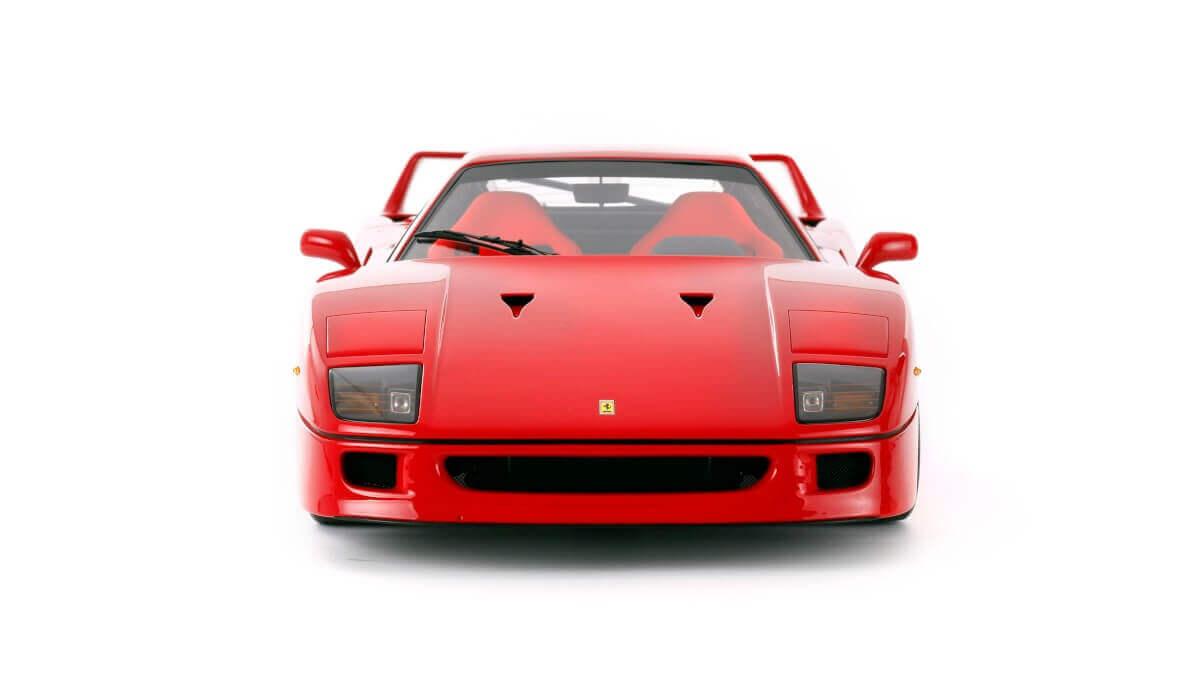
| Production Years | 1987 – 1992 |
| Production Qty | 1,311 |
| Body Style | 2 door Berlinetta |
| Layout | rear mid-engine, rear wheel drive |
| Engine | 2,936 cc (2.9 L) Twin Turbo 90° V8 |
| Power | 471 hp 477 hp US spec |
| Transmission | 5-speed manual |
| Wheelbase | 2,450 mm (96.5 in) |
| Length | 4,358 mm (171.6 in) |
| Width | 1,970 mm (77.6 in) |
| Height | 1,124 mm (44.3 in) |
| Weight | 1,254 kg (2,765 lb) Europe 1,369 kg (3,018 lb) US |
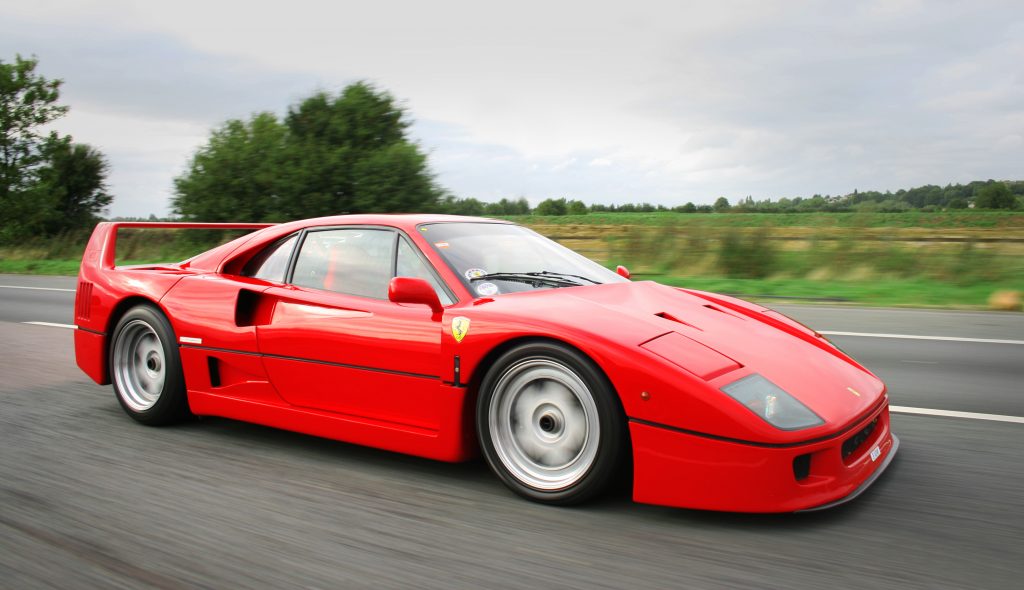
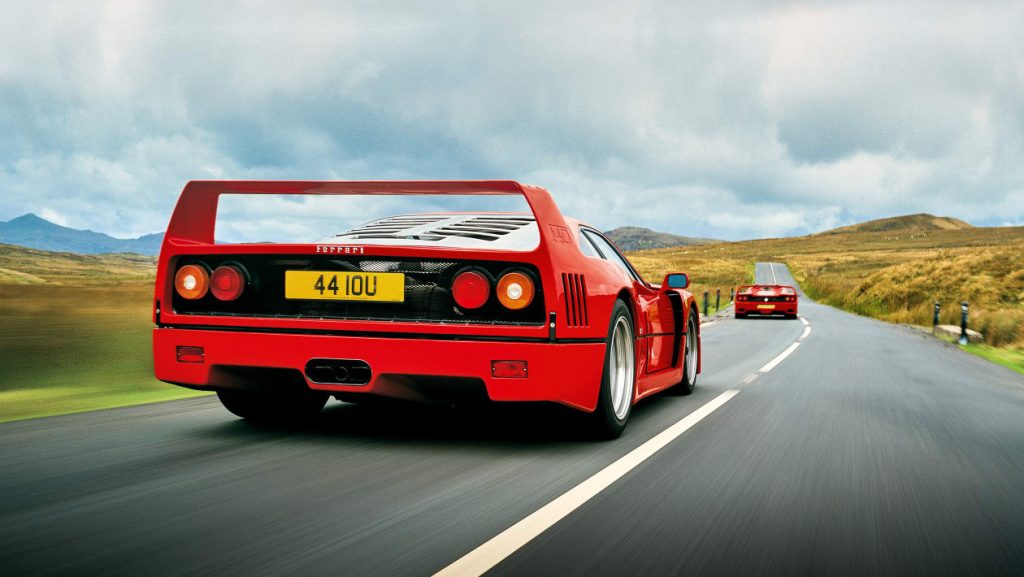
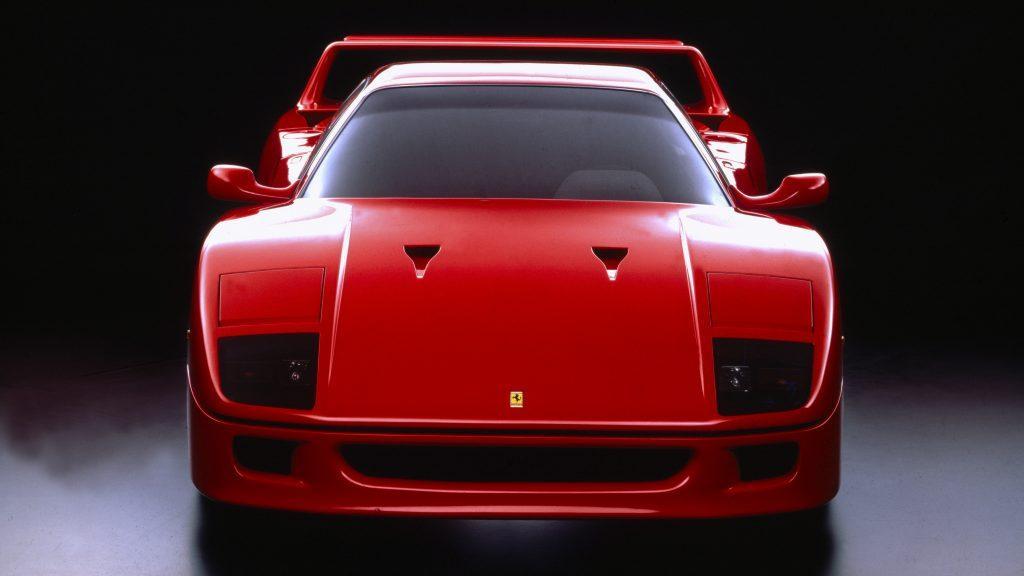
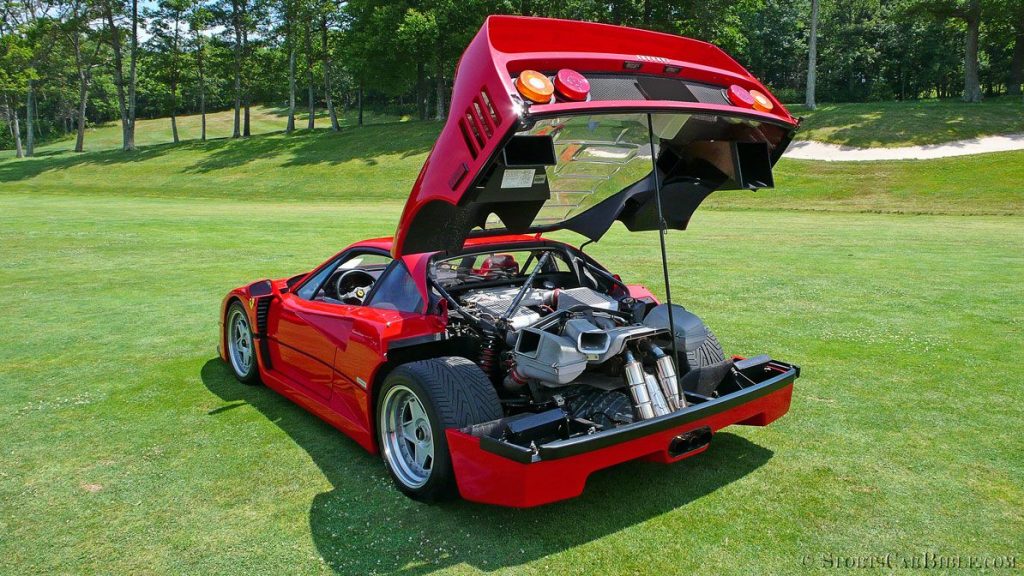
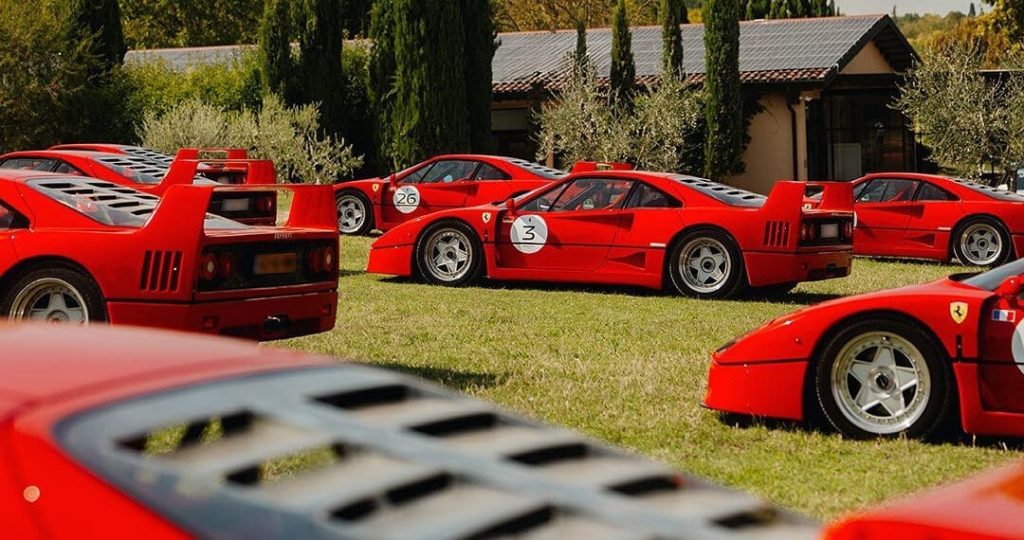
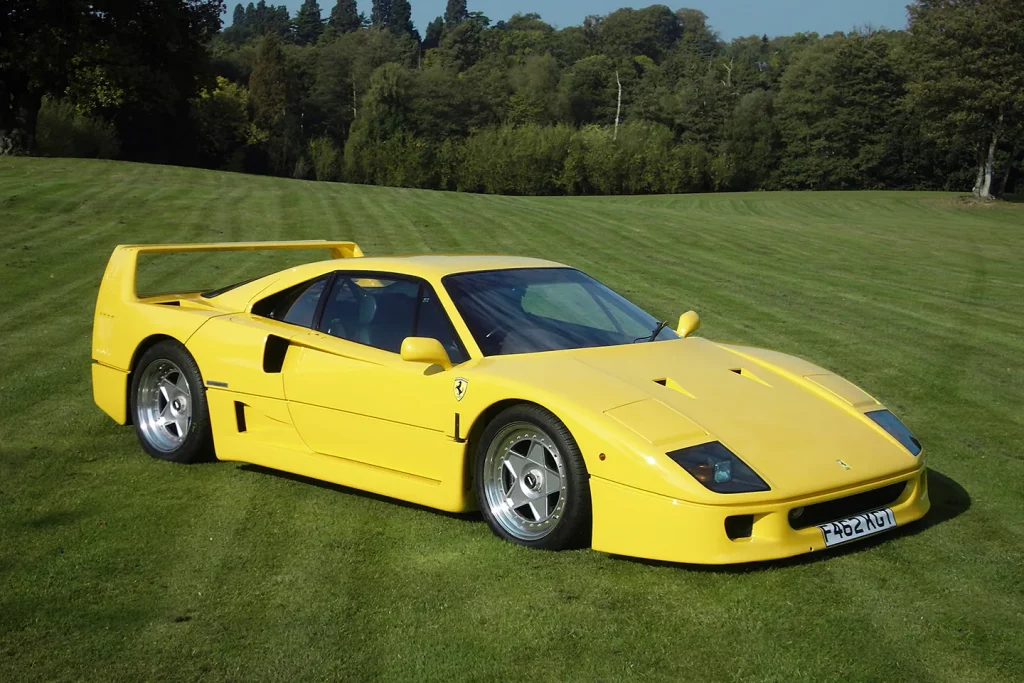
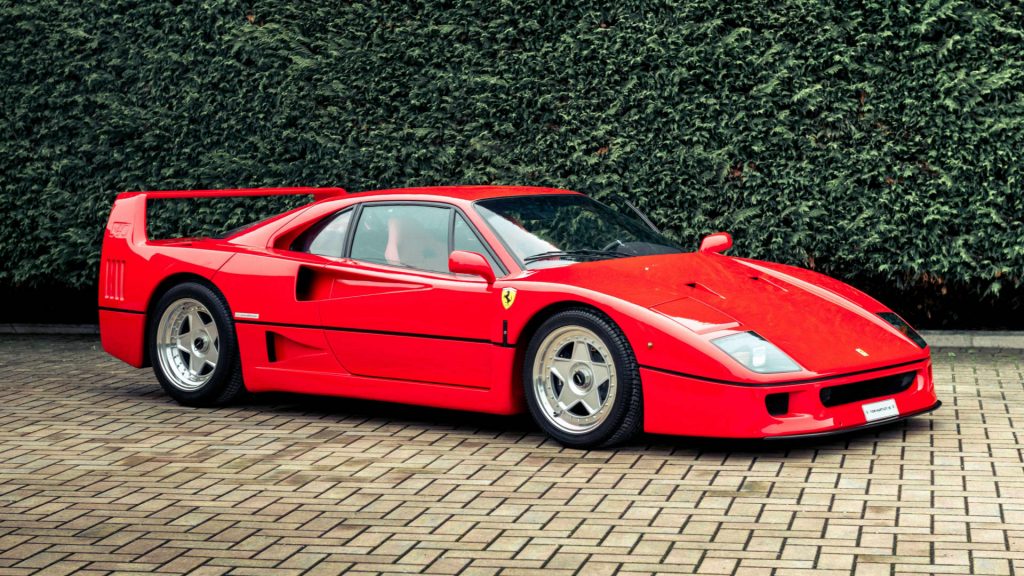
A Legendary Icon of Speed and Performance
In the pantheon of automotive legends, the Ferrari F40 stands tall as an icon of speed, power, and raw driving experience. Launched in 1987 to commemorate the 40th anniversary of Ferrari, the F40 was more than just a supercar; it was a masterpiece of engineering prowess and a symbol of automotive passion. Even decades after its debut, the F40 continues to captivate enthusiasts worldwide with its timeless design and exhilarating performance.
The Ferrari F40’s design is a testament to its racing heritage and uncompromising performance ethos. Penned by Pininfarina and styled by Leonardo Fioravanti, the F40 exudes an aggressive yet purposeful demeanor. Its low-slung silhouette, pronounced aerodynamic features, and distinctive rear wing are not mere styling cues but integral elements crafted to enhance performance on both road and track.
Constructed primarily from lightweight materials such as carbon fiber, Kevlar, and aluminum, the F40 was designed with one goal in mind: to be the ultimate expression of speed. Its sleek, aerodynamic profile minimized drag while maximizing downforce, allowing the car to slice through the air with unparalleled efficiency.
At the heart of the Ferrari F40 lies a masterpiece of engineering: a twin-turbocharged 2.9-liter V8 engine. Developed from the powerplant used in Ferrari’s 288 GTO Evoluzione prototype, this potent engine produced a staggering 471 horsepower and 426 lb-ft of torque. Mated to a five-speed manual gearbox, the F40 could sprint from 0 to 60 mph in just 3.8 seconds and achieve a top speed of over 200 mph, making it the fastest production car of its time.
But the F40’s performance prowess extended beyond straight-line speed. Its finely-tuned chassis, race-derived suspension, and lightweight construction endowed it with unparalleled agility and handling characteristics. Whether attacking winding mountain roads or lapping a race circuit, the F40 offered a driving experience unlike any other, delivering unfiltered feedback and adrenaline-inducing thrills with every twist of the throttle.
Beyond its impressive performance figures and striking design, the Ferrari F40 holds a special place in automotive history as the last Ferrari to be personally approved by the company’s founder, Enzo Ferrari, before his passing in 1988. This connection to Ferrari’s legendary founder imbues the F40 with a sense of heritage and significance that further enhances its allure among collectors and enthusiasts.
Throughout its production run from 1987 to 1992, Ferrari produced just 1,311 units of the F40, ensuring its exclusivity and cementing its status as a highly coveted collector’s item. Today, well-preserved examples of the F40 regularly command astronomical prices at auction, with enthusiasts willing to pay a premium for the opportunity to own a piece of automotive history.
The Ferrari F40 is more than just a car; it’s a symbol of passion, innovation, and uncompromising performance. From its timeless design to its blistering speed and exhilarating driving dynamics, the F40 remains an enduring icon of automotive excellence that continues to captivate enthusiasts around the globe. As a testament to Ferrari’s relentless pursuit of perfection, the F40 stands as a shining example of what happens when engineering brilliance and automotive passion converge to create something truly extraordinary.